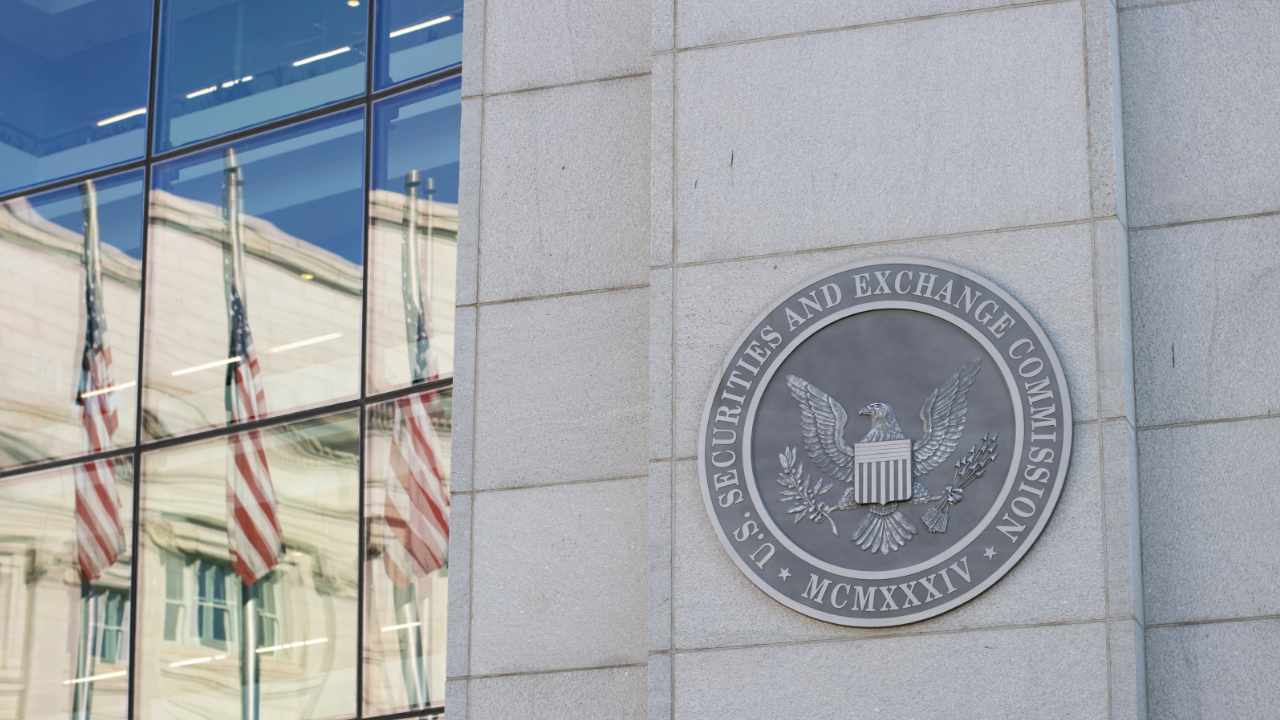The concept of tokenization has emerged as a transformative force in the financial sector, promising to revolutionize how assets are managed, traded, and valued. By converting traditional securities into digital tokens on a blockchain, tokenization offers benefits such as increased liquidity, fractional ownership, and reduced transaction costs. Citi’s projection that tokenization could enhance liquidity in private markets by up to tenfold underscores the technology’s potential. However, the path to realizing this potential is fraught with regulatory challenges that cannot be overlooked.
The allure of tokenization lies in its ability to democratize finance, making high-value investments accessible to a broader audience. For instance, tokenization could enable individuals to invest in real estate or private company shares with minimal capital, bypassing the traditional barriers of high entry costs and complex processes. This vision of a more inclusive financial ecosystem has sparked widespread enthusiasm, but it also raises critical questions about how existing regulatory frameworks will adapt to this new paradigm.
Amidst the excitement, Commissioner Hester Peirce of the U.S. Securities and Exchange Commission (SEC) has provided a sobering perspective. Often referred to as “Crypto Mom” for her pro-crypto stance, Peirce has emphasized that tokenization, while “enchanting,” is not “magical.” Her message serves as a crucial reminder that the technology does not exempt tokenized securities from existing securities laws. The SEC’s position is clear: if an asset meets the definition of a security under federal law, it will be regulated as such, regardless of its digital representation. This means that companies offering tokenized securities must still comply with registration requirements, disclosure obligations, and other investor protection measures.
Peirce’s stance is not about stifling innovation but ensuring that the benefits of tokenization are realized responsibly. The SEC’s primary goals—protecting investors, maintaining fair and efficient markets, and facilitating capital formation—remain unchanged, even as new technologies reshape the financial landscape. The core principles of securities laws, designed to protect investors from fraud, manipulation, and information asymmetry, are just as relevant in the context of tokenized securities. For example, tokenization does not inherently guarantee transparency. Without proper disclosure requirements, investors could be vulnerable to misleading or incomplete information. Additionally, the anonymity and borderless nature of blockchain technology can create opportunities for fraudulent schemes and market manipulation, making existing securities laws essential for detecting and prosecuting such activities.
Moreover, securities laws often include provisions to ensure that investments are suitable for an investor’s knowledge, experience, and risk tolerance. This is particularly important in the context of tokenized securities, which may involve complex financial products that not all investors are equipped to understand. By adhering to these principles, the industry can ensure that tokenization delivers on its promise of a more efficient, transparent, and inclusive financial ecosystem.
Navigating the regulatory landscape of tokenized securities requires proactive engagement with regulators. Commissioner Peirce has urged market participants to collaborate with the SEC as they develop tokenization products. This collaboration is crucial for several reasons. First, it provides clarity and guidance, helping companies understand how existing laws apply to their specific offerings and identify potential compliance challenges. Second, it allows market participants to shape the development of new rules and regulations tailored to the unique characteristics of tokenized securities. Finally, open communication with regulators can foster trust and confidence in the tokenization market, which is essential for attracting mainstream adoption.
Peirce has even suggested the possibility of conditional exemptions for tokenized securities, indicating a willingness on the part of the SEC to adapt its regulatory approach to accommodate innovative technologies. However, this adaptability is contingent on prioritizing investor protection. She encourages feedback and collaboration from market participants worldwide, including those that have designed and implemented regulatory sandbox frameworks in their own jurisdictions. This global perspective is essential given the borderless nature of blockchain technology and the need for consistent regulatory standards.
The future of tokenized securities hinges on striking the right balance between fostering innovation and ensuring investor protection. The SEC’s approach, as articulated by Commissioner Peirce, suggests a willingness to embrace the potential benefits of tokenization while remaining vigilant about the risks. To achieve this balance, several key considerations must be addressed. First, the industry needs a clear and consistent regulatory framework that provides certainty for market participants and protects investors. Second, regulations should be technologically neutral, focusing on the underlying economic substance of the asset rather than the specific technology used to represent it. Third, the regulatory framework should be flexible enough to adapt to the rapid pace of technological change and the evolving nature of the tokenization market. Finally, international coordination among regulators is essential to prevent regulatory arbitrage and ensure consistent standards.
In conclusion, tokenization holds immense potential to transform the financial industry, but its success depends on responsible innovation and a commitment to investor protection. Commissioner Hester Peirce’s message— that tokenization is enchanting but not magical—serves as a critical reminder that existing securities laws cannot be ignored. By engaging proactively with regulators and prioritizing compliance, market participants can help unlock the full potential of tokenization while building a more transparent, efficient, and inclusive financial future. The path forward requires collaboration, adaptability, and a shared commitment to balancing innovation with the need for robust regulatory oversight.











